“Can you add an inverter to a generator?” The answer is yes, but it’s not as simple as plugging in the inverter and turning on the generator.
So, how to hook up an inverter to a generator for clean and efficient energy? There are three main ways to power an inverter from a generator:
- Connecting directly to the outlet of the generator with an extension cord;
- Connecting through an adapter that plugs into both the outlet of your home’s service panel and then into the inverter;
- Use a transfer switch that makes sure your electrical needs stay uninterrupted when you use your generator for backup power.
Why Add An Inverter To Your Generator?
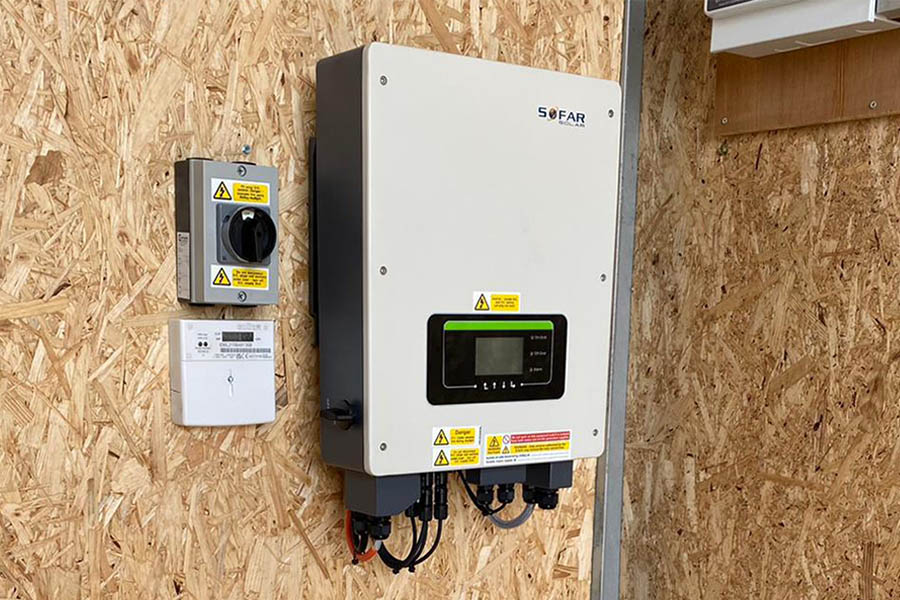
Any generator system must have an inverter as a necessary component. Instead of using its batteries to store energy, the inverter uses power from the generator and keeps running the vital loads.
You can use inverters to change the direct current (DC power) electricity your generator produces into alternating current (AC), which is the kind of energy used by the majority of home equipment.
This is a crucial part of a generator system because the majority of your home’s appliance is made to operate on AC power.
Many small generators, both inverter and portable, are incapable of handling some of the more difficult tasks. Appliances like refrigerators, freezers, and air conditioners may not be able to start and run on the smallest generators with ratings under 2000 watts.
The ability to utilize more of your generator’s electricity is the main advantage of adding an inverter to it.
Your generator’s power output is capped by the amount of direct current (DC) it is able to produce without an inverter, which is normally significantly less than the amount of alternating current (AC) it is able to produce. You may use more of the power your generator is producing by adding an inverter, which will convert the DC energy it produces into AC energy.
When operating your generator, inverters can also provide convenience. During a power outage, an inverter can provide a longer run time.
You can connect your generator directly to your home’s electrical system using an inverter, avoiding the need for extension cords or other power converters.
This decreases the likelihood of overloading your generator or tripping a circuit breaker while also making it simpler to utilize the power it provides throughout your home.
Here Are 4 Easy Ways You Can Hook Up a Generator With an Inverter
1. Extension Cord
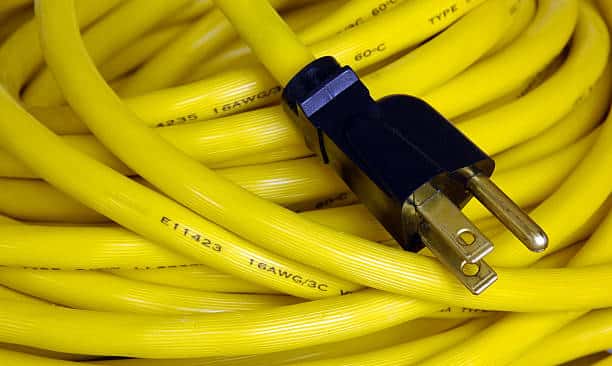
The most convenient and least expensive way to connect your inverter generator is using a standard extension cord. If your home has 120V circuits with 15-amp breakers, you can use a 25-ft 15A dryer cord (the kind that’s wired for 3-conductor cables).
If you’re connecting the generator directly to the outside wall outlet where it plugs in, measure your reach before deciding on a length.
For an alternative outlet, plan two different lengths – one if the outlet is near the generator and another if there’s a long distance from the house to the plug-in point.
2. Generator Adapters
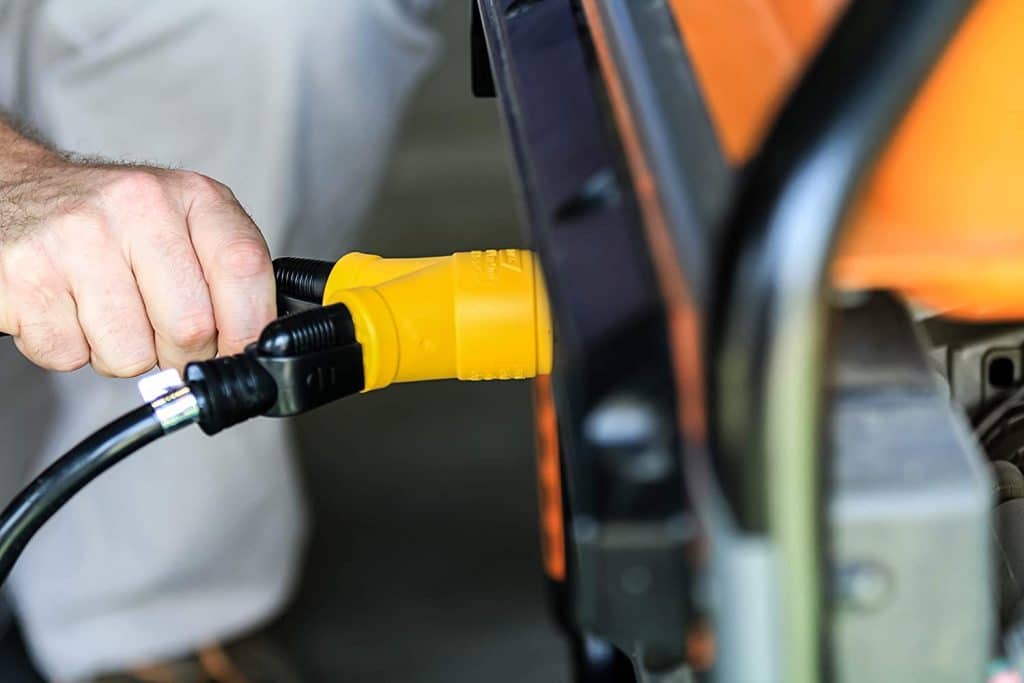
Another option for connecting a power inverter to a generator is through dedicated adapter plugs specifically designed to plug into the outlet of your home’s panel and then into the inverter.
These adapters are a good choice if you’re not sure about how permanently you want to make this connection or if it’ll require tight clearance between the generator and your household electrical wiring.
3. Transfer switch
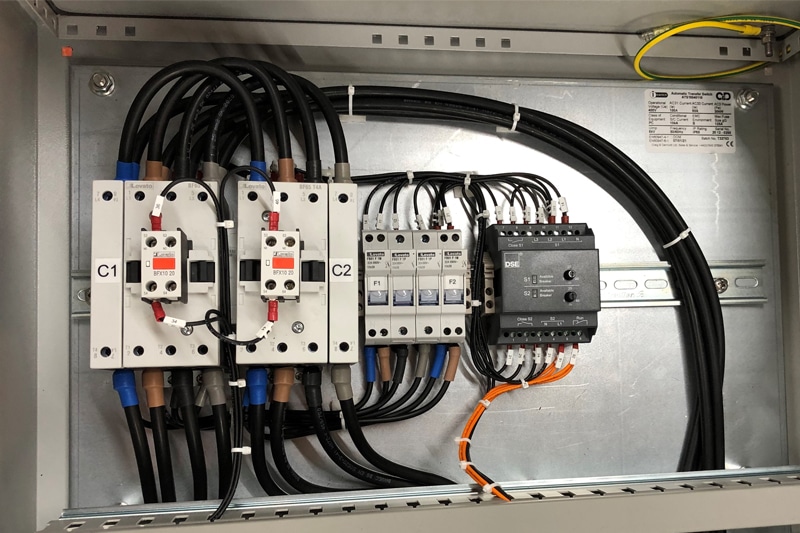
For a truly uninterrupted power source, you’ll want to make a direct connection between the plug-in point for your generator and the outlet of your home’s electrical panel.
This can be done with a transfer switch that is installed between your household wiring and your power line.
4. Two-way Alternative
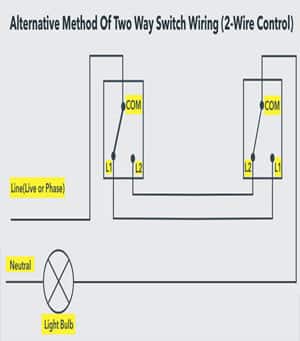
You might also want to consider why you would even need an inverter. Suppose you have already installed an alternative energy system in your home, like geothermal or solar panels.
In that case, it might be best to utilize your existing power source and simply run the inverter from that.
You may also want to think about putting solar panels and other energy sources for backup since installing an inverter and a generator in your home will considerably help your electrical needs.
Can You Run An Inverter Off A Generator?
Pure sine wave generators and inverters are designed to work best when connected directly. If you have an inverter, Yamaha’s Pure Sine Wave Fact Sheet says that “an AC power source should be used as input.”
Pure sine wave means that you will get electricity completely free of voltage spikes, hums, or noise. These characteristics are usually only achieved with larger generators than what one might find in a home.
However, even if you’re not going for pure sine wave (and perhaps just want clean power), it’s still possible to connect your generator to your inverter.
Things You Should Consider Before Connecting an Inverter to a Generator
Are you going to run it constantly? Do you have an alternative power source already in place? How will the inverter affect your line voltage and breaker box?
- Don’t forget that generators are not intended for permanent use. They should be used only when necessary or in emergency situations.
- The Consumer Protection Standards Rule (16 CFR Part 1500) requires that portable generators sold in the United States meet electrical and fire safety standards based on their wattage capacity. It also includes important information regarding the proper storage of fuel and having a UL-approved generator installed by an authorized service company.
- A transfer switch will make sure your household’s power needs to stay unbroken when using a backup generator system, as the switch will disconnect from the home’s wiring network should any problem arise from the backup generator. The switch is connected to the home’s electrical service panel and the generator, automatically switching from utility power to generator power when needed.
How Big of a Generator Do I Need for an Inverter?
You first need to know how many watts of power your inverter draws. This is called its “nominal” rating, and it’s usually in the manufacturer details or on the box that your inverter came in.
Common sizes for inverters are 2500 watts, 3000 watts, 3500 watts, or 5000 watts; but you can find smaller models as well which draw less than 500 Watts (up to about 1000 Watts).
If your generator isn’t rated for this amount of output, you will see a lower wattage number when you look at its rating label. The next step is to take into account what kind of loads you plan to run off the inverter lights should be much less than 1,000 watts.
Depending on the type of power you need to produce, inverters and generators come in a variety of designs.
Depending on where you are and the level of power supply reliability you require, you will decide whether or not to select a generator with an inverter.
The ideal option for you is to buy an inverter with your generator if you use a lot of your devices for communication.
Many generators are built to be sensitive to the output power level. By adjusting the physical inertia of electricity in controlled amounts, even generators can find a more effective way to produce power.
Conclusion
If you are looking for a generator, inverter, or both for your home and business, it’s important to know the different ways they can be powered in order to make the right decision. You should never try to modify a generator on your own.
It is not only dangerous but also illegal in many areas of the country. If you need help deciding which power system will work best with your needs, please check out some of our in-depth generator reviews.
